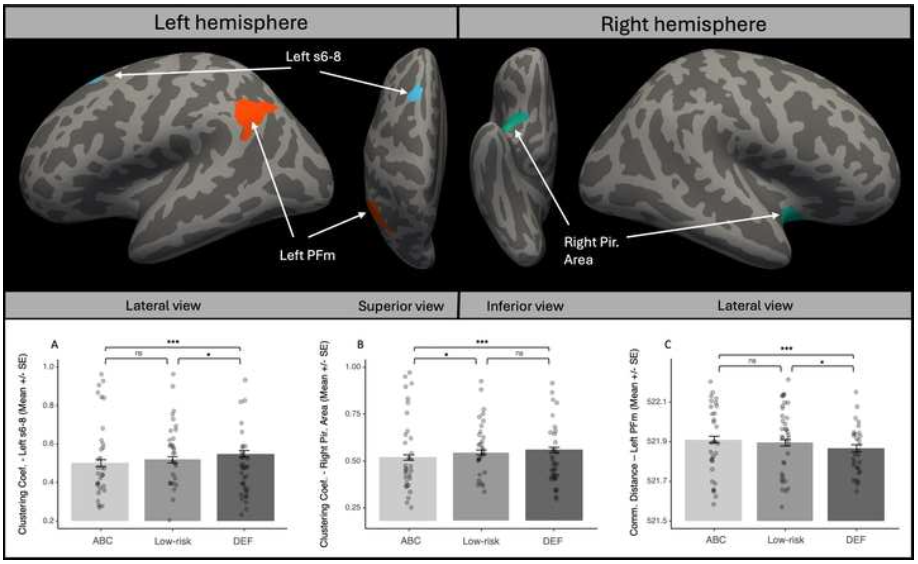ABC - Adolescent follow-up
NIMH-funded randomized clinical trial, called Services for Children in Their Own Homes (SCOH), testing the efficacy of the Attachment and Biobehavioral Catch-up intervention at 13, 14 and 15-years of age.
The project focuses on children from families involved with Child Protective Services (CPS), who are at heightened risk for socio-emotional, cognitive, and brain development issues. To improve these children’s developmental outcomes, we evaluated the efficacy of the Attachment and Biobehavioral Catch-up (ABC) intervention with parents involved in CPS. Parents were randomly assigned to either receive ABC or a control intervention of equivalent duration and frequency. Follow-up assessments were conducted when the children reached ages 13, 14, and 15.
Funding: National Institute of Mental Health R01 MH074374 award, “Intervening Early with Neglected Children: Key Adolescence Outcomes” Period of Support: 2019 - 2024 Principal Investigator (PI): Mary Dozier, PhD
Key findings:
1. Using graph theoretical analyses, we examined how the resting-state network is organized in adolescents whose parents received ABC ~ 11 years ago. Adolescents in the ABC group demonstrated lower current-flow global efficiency and more hierarchical structure, indicating intervention-driven modulation of neurodevelopmental trajectories across the entire connectome. Node-specific analyses also indicate intervention effects on clustering coefficients and communicability distances of regions in frontal, limbic, and parietal cortices, suggesting nuanced effects of early interventions on local network properties. All local and global network properties were meaningfully related to self- reported externalizing symptoms. The results suggest early enhanced care–driven by the ABC intervention–causally shapes the development of the resting-state connectome and associated regulatory health, offering insights into the neural pathways through which early enhanced care may get under the skin of at-risk adolescents.
Additional analyses are under way.
